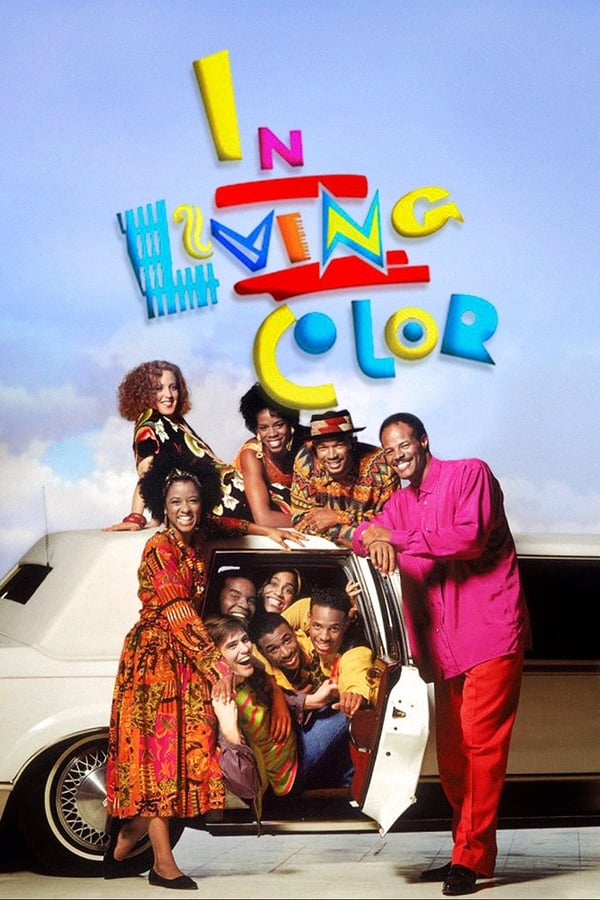Western television series, often referred to as Westerns
Western television series, often referred to as Westerns, form a significant part of the classic American cultural landscape. These series, predominantly produced from the late 1940s through the 1960s, reflect the historical, social, and mythological views of the American West during the late 19th and early 20th centuries. They offer a blend of adventure, drama, and action, portraying the life and struggles of cowboys, lawmen, and settlers.

Key Elements of Classic Western TV Series
- Setting: The backdrop of these series is typically the American frontier, characterized by vast landscapes, rugged terrain, and the iconic Western towns. These settings play a crucial role, often becoming a character in their own right.
- Themes: Central themes include justice, morality, and the struggle for survival in a lawless land. The conflict between good and evil is a recurring motif, with characters frequently facing moral dilemmas.
- Characters: The characters of Western series range from the honorable sheriff and the solitary cowboy to outlaws and Native American tribes. These characters are often archetypal, representing broader societal values and conflicts.
- Cultural Impact: Westerns have played a significant role in shaping the American identity and the international perception of the American West. They reflect the era’s societal attitudes, including the notions of manifest destiny and the American frontier spirit.
Iconic Western TV Series
- “Gunsmoke” (1955-1975): One of the longest-running Western series, “Gunsmoke” follows Marshal Matt Dillon as he maintains peace in Dodge City. It is celebrated for its nuanced characters and moral complexities.
- “Bonanza” (1959-1973): Set on the Ponderosa Ranch in Nevada, this series centers around the Cartwright family and is known for addressing social issues and the importance of family.
- “The Rifleman” (1958-1963): This series stars Chuck Connors as Lucas McCain, a widowed rancher in New Mexico, famed for its action scenes and the father-son relationship at its heart.
- “Rawhide” (1959-1965): Focused on cattle drivers led by Gil Favor, “Rawhide” is notable for its adventurous journeys and early career boost for Clint Eastwood.
- “The Lone Ranger” (1949-1957): Featuring a masked hero and his Native American friend, Tonto, “The Lone Ranger” is renowned for its moral lessons and iconic catchphrase, “Hi-Yo, Silver!”
Legacy
The legacy of classic Western TV series endures, influencing modern television, cinema, and popular culture. They continue to be celebrated for their storytelling, iconic characters, and depiction of the American West’s mythic past. In the digital age, these series have found new audiences through streaming platforms, ensuring their place in the pantheon of American television history.
For aficionados of classic television, these series offer a window into the values, struggles, and aspirations of a bygone era, making them an indispensable part of television history.
More Videos
The Iconic 1970s Sitcom: A Retrospective on “Three’s Company”
The Iconic 1970s Sitcom: A Retrospective on "Three's Company" The 1970s was a vibrant decade for television, marked by the...
“Kojak” a groundbreaking crime drama series
"Kojak" a groundbreaking crime drama series, first aired on CBS in 1973 and quickly became a cultural phenomenon. With its...
Still Standing (Seasons 1-4): A Journey of Resilience and Humor
Still Standing (Seasons 1-4): A Journey of Resilience and Humor "Still Standing" is a television series that has captivated audiences...
Cartoon Network: 24-Hour Broadcasting (1992–1997)
Cartoon Network: 24-Hour Broadcasting (1992–1997) - Cartoon Network, a pivotal platform in the animation industry, launched its operations on October...



